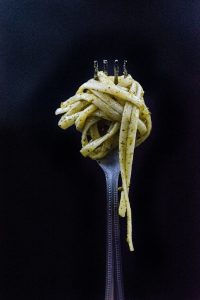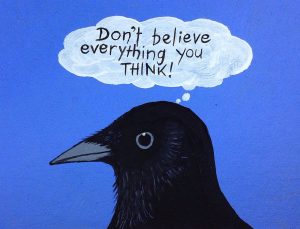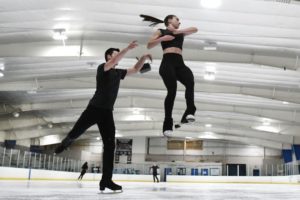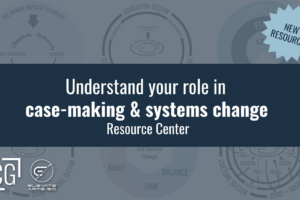Who’s ready for 2021? I’m so ready that I’m starting early on my New Year’s Resolutions. I resolve to stop doom-scrolling, be kind, turn outrage into action, laugh more, and go easy on the _______. (Fill in the blank.)
Resolve is the key word here. We in the arts education field are going to need lots of it in the coming year.
The pandemic itself has revealed enormous cracks in our economic, social, and healthcare systems, exposing those most vulnerable to COVID-19: businesses, employees, essential workers, students, teachers, families. ~Vicki Pozzebon, Nonprofit Quarterly, Nov. 30, 2020
We don’t yet have data about student access and participation in the arts for the past and current school year, but we can feel it. Even as we celebrate the successes and ingenuity of our colleagues to keep moving forward, we hear reports of diminished access, program loss, reduced resources, and teacher stress.
Looking ahead, we have cause for concern. (Skip this part if you’re resolved to stop doom-scrolling.)
- Local and state education agencies are already expressing concern about lost learning and lower student achievement. If history is a guide, we might expect renewed emphasis on reading and math and draconian efforts such as RTI, to the detriment of the arts.
- School districts are also reporting lower enrollment. Students aren’t showing up for virtual learning and/or families are leaving public education. Reduced enrollment directly impacts budgets and teacher hires. Fewer students = fewer teachers. If schools are faced with a Sophie’s choice, will they choose reading, math, STEM teachers over the arts?
- A hallmark of ESSA is flexibility at the local level. Which could go either way when considering the arts. A recent ruling in Buffalo denied the petition to provide equitable access to arts courses in all schools, saying “the state affords school districts discretion over what arts courses to offer.”
It’s going to take every bit of our resolve to wrestle the odds. Here’s a starting place for me. I hope you will add your resolve to the list.
Throw the Dart
When my kids were young teens, they had friends who decided their destination for family vacation with a throw of the dart. Really. One dart throw at a big map of the United States. Year after year, they packed the van and headed from Los Angeles to Somewhere, USA (not a typical Grand Canyon and NYC destination). And every year they would return, laughing at how lame it was while agreeing they had a great time. Then I got it. It didn’t matter where they went. Spending time together as a family was the real goal.
That said, if we keep in mind that our goal is to provide authentic learning in the arts—all the arts—then we can and should be willing to go down roads less traveled. Throw the dart and explore new approaches to curriculum, pedagogy, assessment, performance, partnerships, interdisciplinary possibilities, etc. Think about the assumptions that you hold and be resolved to set them aside and go somewhere totally new.
Lose the Attitude (extra points if you get the visual pun)
Sometimes we’re our own worst enemies. We brag about our exceptionalism as a field, yet we cry foul when we’re excluded for being too special. Admittedly, we may have started down this path of increasingly rigorous arts education research almost 30 years ago just to prove our worth. Now it may not serve us as well to talk about how special the arts are, especially in times of diminished resources. If the arts are not an integral part of a school district’s DNA, then it’s much easier to make cuts.
As noted above, local control of what gets taught in our schools is the reality. If we want a voice in the decision-making process, then advocates must secure a seat at the table. Curriculum councils. Boards of education. City Councils. City commissions. Local and state elected offices. Imagine if we had knowledgeable, committed representation at all those levels. We must become generalists who care deeply about the arts. If you, like me, are disinclined to run for elected office, then a great option is to join organizations that vet and promote candidates for office. Women for Tennessee’s Future or WTF (Really!) is dedicated to electing progressive women to office at the state and local levels in Tennessee. Sure, I can donate money. But I can also offer my expertise and willingness to brief prospective candidates on the value of arts education.
Throw More Spaghetti
When threatened, we as a field we are inclined to circle the wagons and lob arrows at each other. It’s time to re-think those self-protective instincts. We espouse collaboration as one of the true benefits of studying the arts, yet we’re not that good at it. Cracks in our coalitions are exposed when resources are at risk.
It’s true that music has done most of the heavy lifting with regard to arts ed advocacy—and we have all benefited from it. What can dance, theatre, visual and media arts do to be more proactive? How do we more effectively embrace the arts nonprofit community? Social justice organizations? Community youth development? Allied corporations? Start with a conversation. Throw some spaghetti at the wall and see what sticks. From the Nonprofit Quarterly’s local business survival guide in a pandemic:
One method to support local small business owners is cultivating communities of practice. These groups provide people with a space to talk with others facing similar challenges. It’s a chance to network, bond, and find like-minded people to confide in when challenges or successes come up. These business leaders can then take on bold ideas and implement them, with others cheering them on, supporting their hard work.
Communities of practice. The concept should sound familiar to educators. What may be different is expanded thinking around the breadth and reach of our communities. A bigger tent.
2021 here we come. Time to make those resolutions! And remember…
Photo credits:
🇻🇪 Jose G. Ortega Castro 🇲🇽 on Unsplash
Jenzelart.tumblr.com





